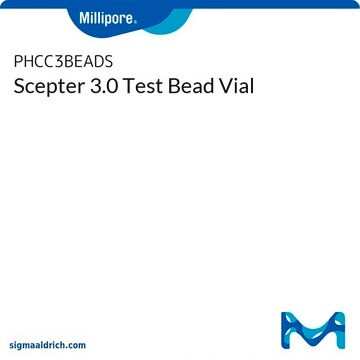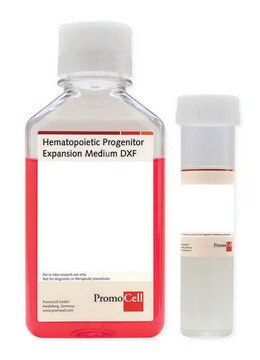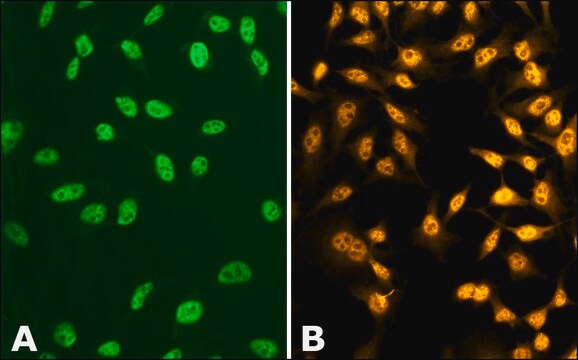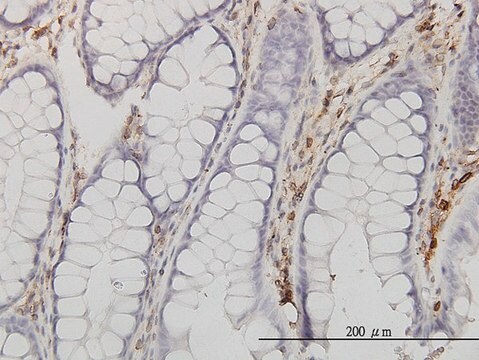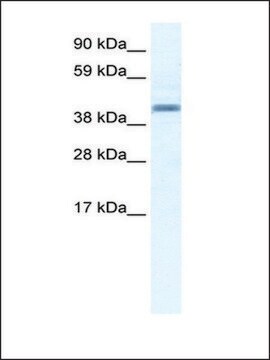Kluczowe dokumenty
A4475
Anti-Annexin VII antibody, Mouse monoclonal
clone 203-217/6, purified from hybridoma cell culture
Synonim(y):
Synexin
About This Item
Polecane produkty
pochodzenie biologiczne
mouse
Poziom jakości
białko sprzężone
unconjugated
forma przeciwciała
purified immunoglobulin
rodzaj przeciwciała
primary antibodies
klon
203-217/6, monoclonal
Formularz
buffered aqueous solution
masa cząsteczkowa
antigen 47-51 kDa
reaktywność gatunkowa
mouse, canine, rat, chicken, bovine, human, rabbit
metody
immunocytochemistry: suitable using methanol or 1% paraformaldehyde/0.1% glutaraldehyde
immunohistochemistry (frozen sections): suitable
microarray: suitable
western blot: 0.5-1 μg/mL using whole cell extract of culture mouse connective tissue (A9) cells.
izotyp
IgG1
numer dostępu UniProt
Warunki transportu
dry ice
temp. przechowywania
−20°C
docelowa modyfikacja potranslacyjna
unmodified
informacje o genach
human ... ANXA7(310)
mouse ... Anxa7(11750)
rat ... Anxa7(155423)
Opis ogólny
Specyficzność
Immunogen
Zastosowanie
- western blotting
- immunocytochemia
- immunohistochemia
Działania biochem./fizjol.
Postać fizyczna
Oświadczenie o zrzeczeniu się odpowiedzialności
Nie możesz znaleźć właściwego produktu?
Wypróbuj nasz Narzędzie selektora produktów.
Kod klasy składowania
12 - Non Combustible Liquids
Klasa zagrożenia wodnego (WGK)
WGK 2
Temperatura zapłonu (°F)
Not applicable
Temperatura zapłonu (°C)
Not applicable
Wybierz jedną z najnowszych wersji:
Certyfikaty analizy (CoA)
Nie widzisz odpowiedniej wersji?
Jeśli potrzebujesz konkretnej wersji, możesz wyszukać konkretny certyfikat według numeru partii lub serii.
Masz już ten produkt?
Dokumenty związane z niedawno zakupionymi produktami zostały zamieszczone w Bibliotece dokumentów.
Nasz zespół naukowców ma doświadczenie we wszystkich obszarach badań, w tym w naukach przyrodniczych, materiałoznawstwie, syntezie chemicznej, chromatografii, analityce i wielu innych dziedzinach.
Skontaktuj się z zespołem ds. pomocy technicznej
